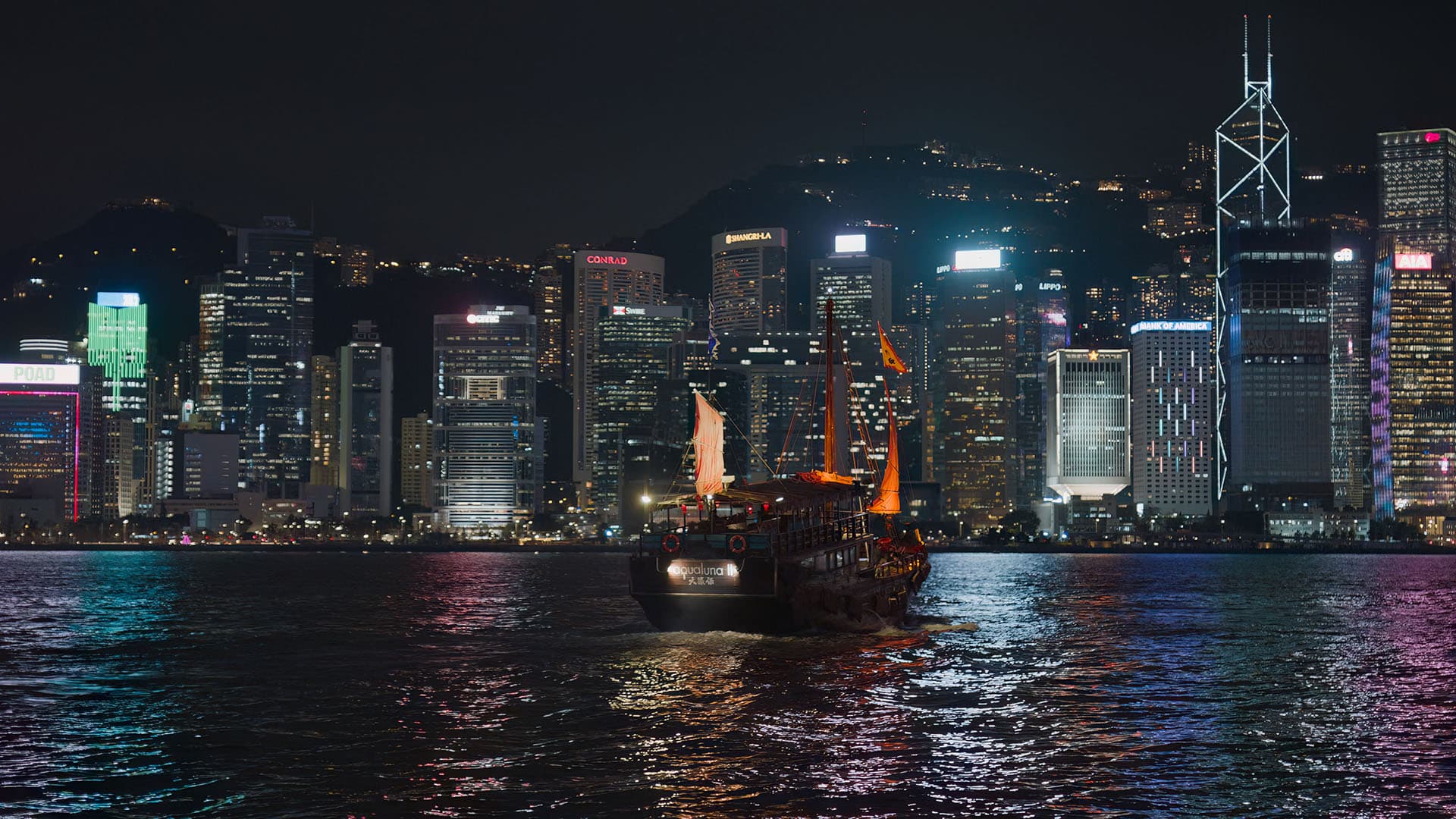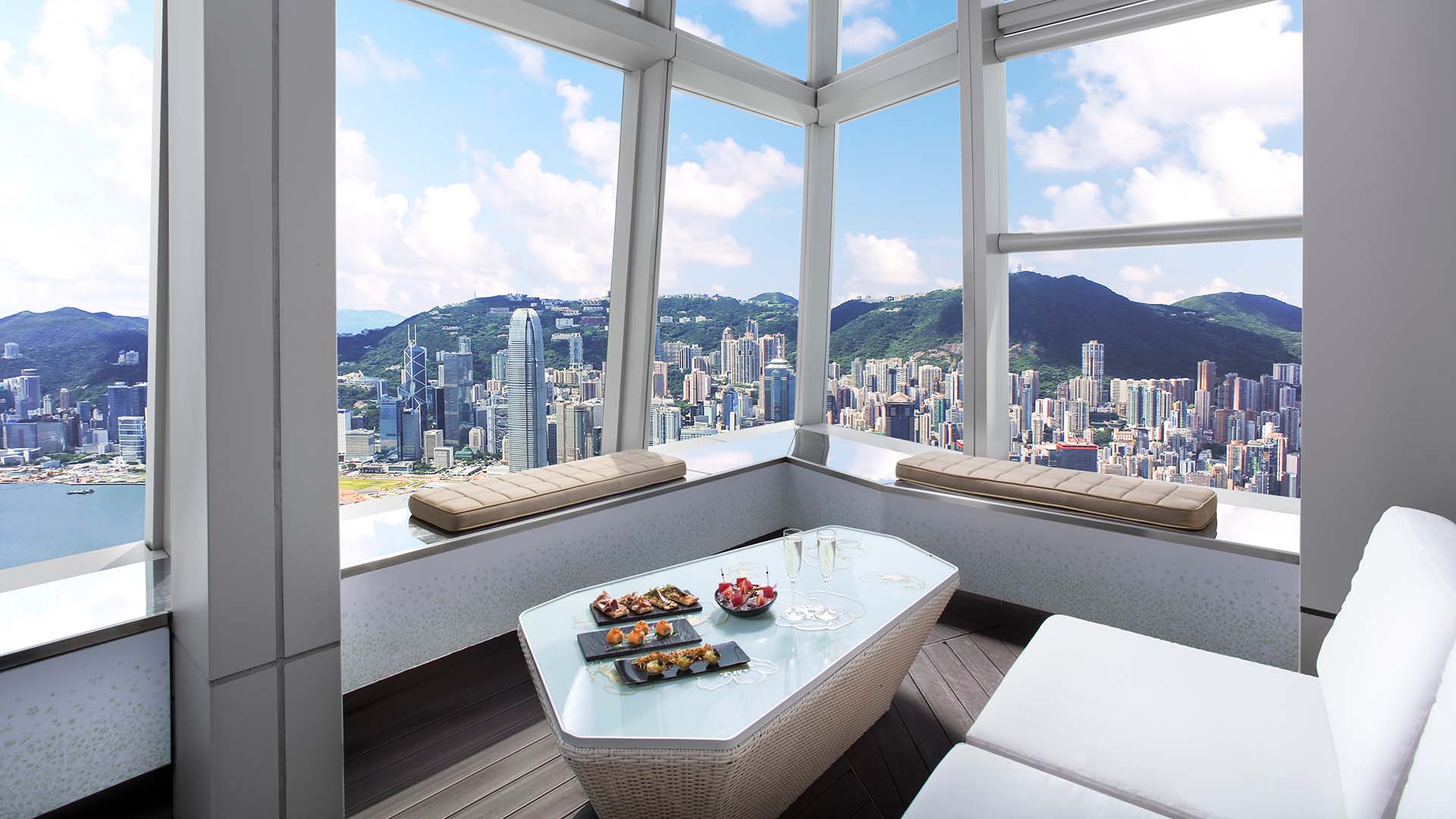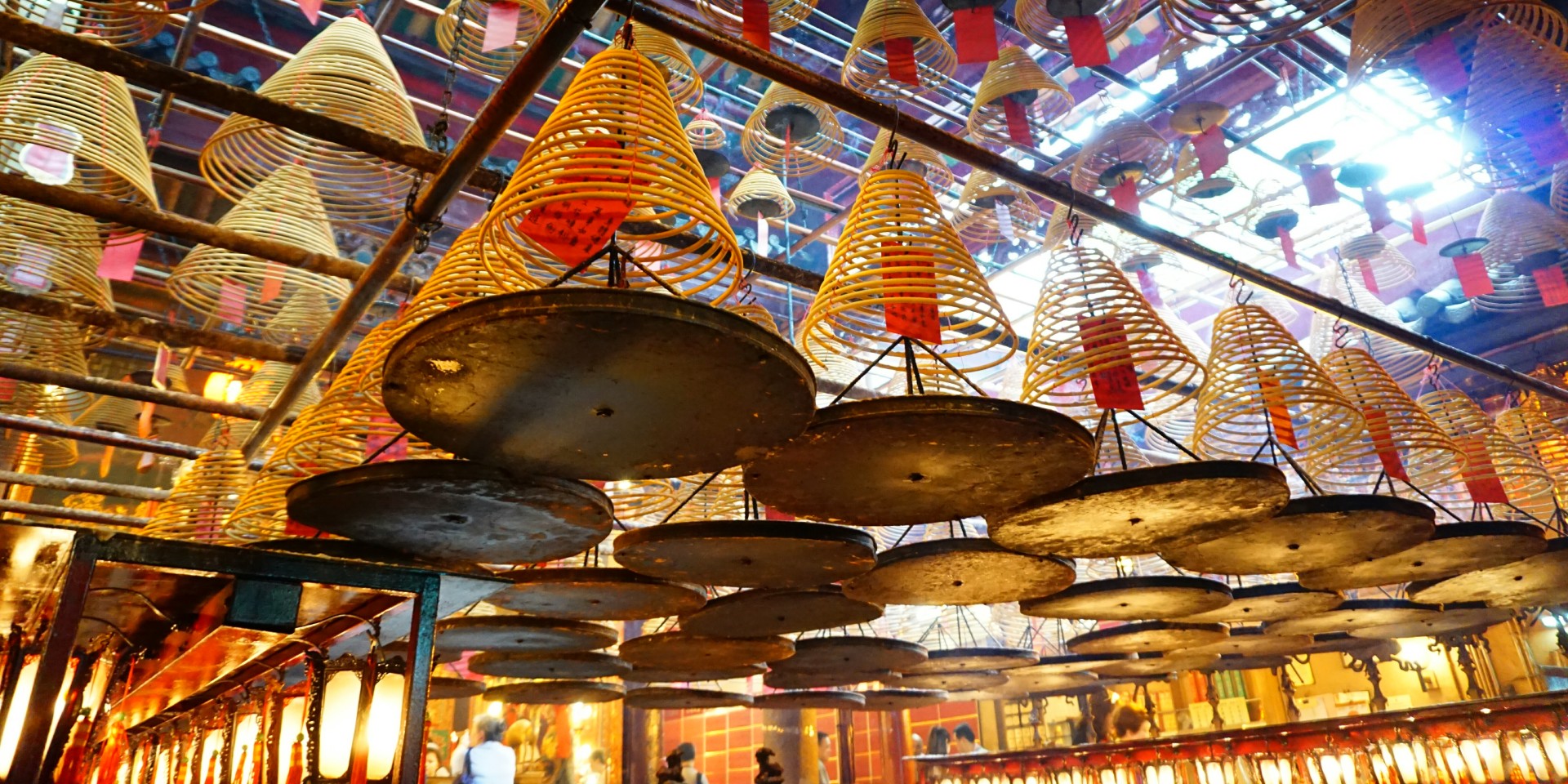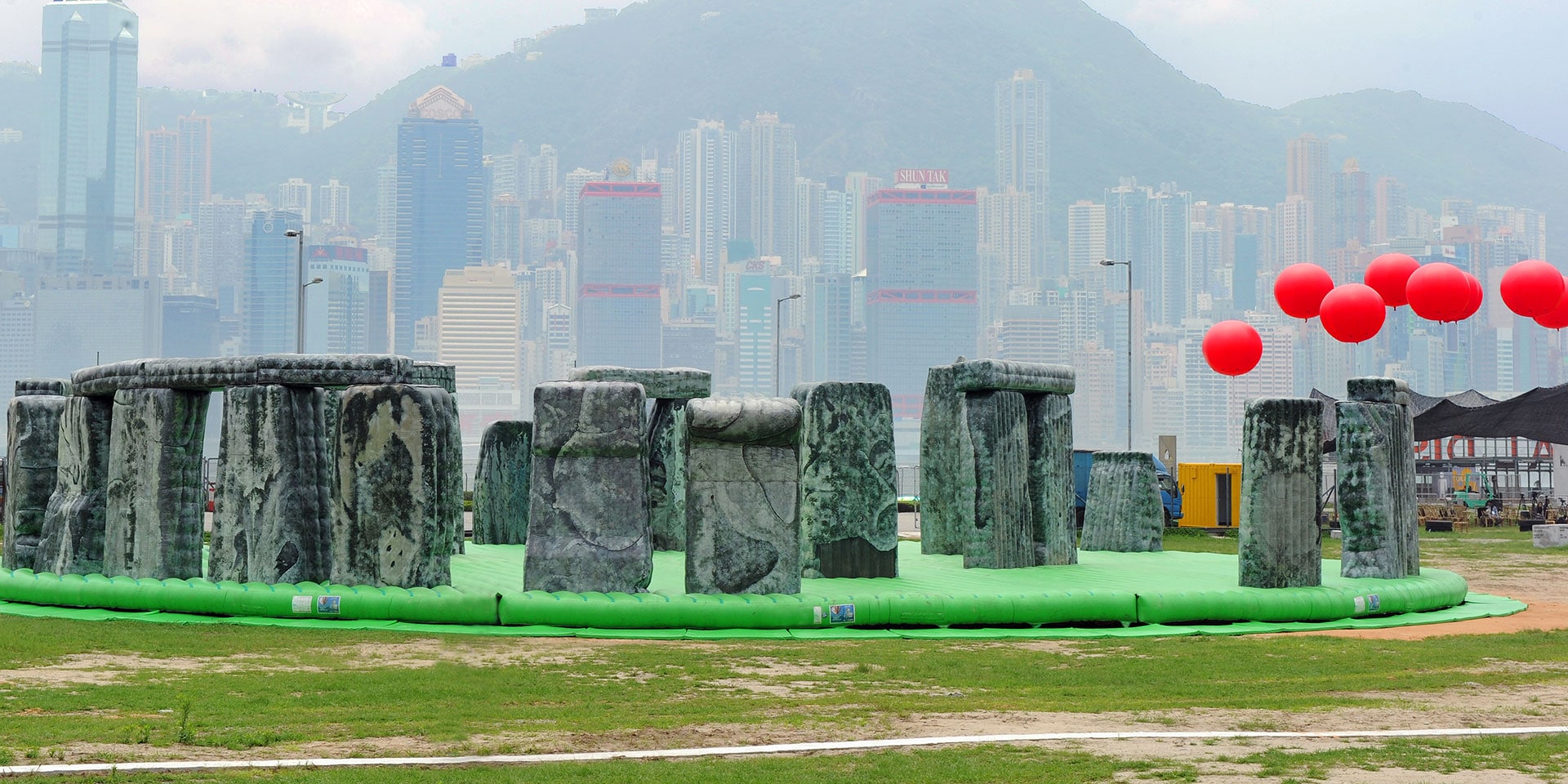
The site of M+, a museum of visual culture opening in the West Kowloon Cultural District. (Photo: Getty Images)
Culture + StyleIs Hong Kong the Newest Center of the Art World?
By Dan CreffieldIt would be easy, and perhaps not unreasonable, to put Hong Kong’s emergence as the world’s newest capital of art down to money alone.
Since time immemorial, Hong Kong’s traders have had a genius for monetizing anything and everything, from chicken feet to caterpillar fungus to the barren rock itself. No one smells an opportunity faster than Hong Kong’s business community.
But that would be far too simplistic an explanation, according to Mark Saunderson, show director of the Asia Contemporary Art Show.
While interest is rising in art as an asset class, alongside watches and wine, there are several other reasons, he suggests, noting that over the past five or 10 years there has been a rapid expansion of small- and mid-size galleries, from single figures throughout the 1980s to about 120 now.
Saunderson, who says that two-thirds of buyers at the Asia Contemporary Art Show are local compared to one-third expatriate, adds that the emergence of a legitimate middle class is also a huge factor.
“Without doubt, local interest is growing. Hong Kong is also very well positioned geographically and culturally, and combined with a significant regional network, no sales tax, the influx of major global art fairs—such as Art Basel—and a significant increase in government spending on arts and culture, including M+ (a museum of visual culture scheduled to open in 2019 in the West Kowloon Cultural District), we have seen huge growth.”
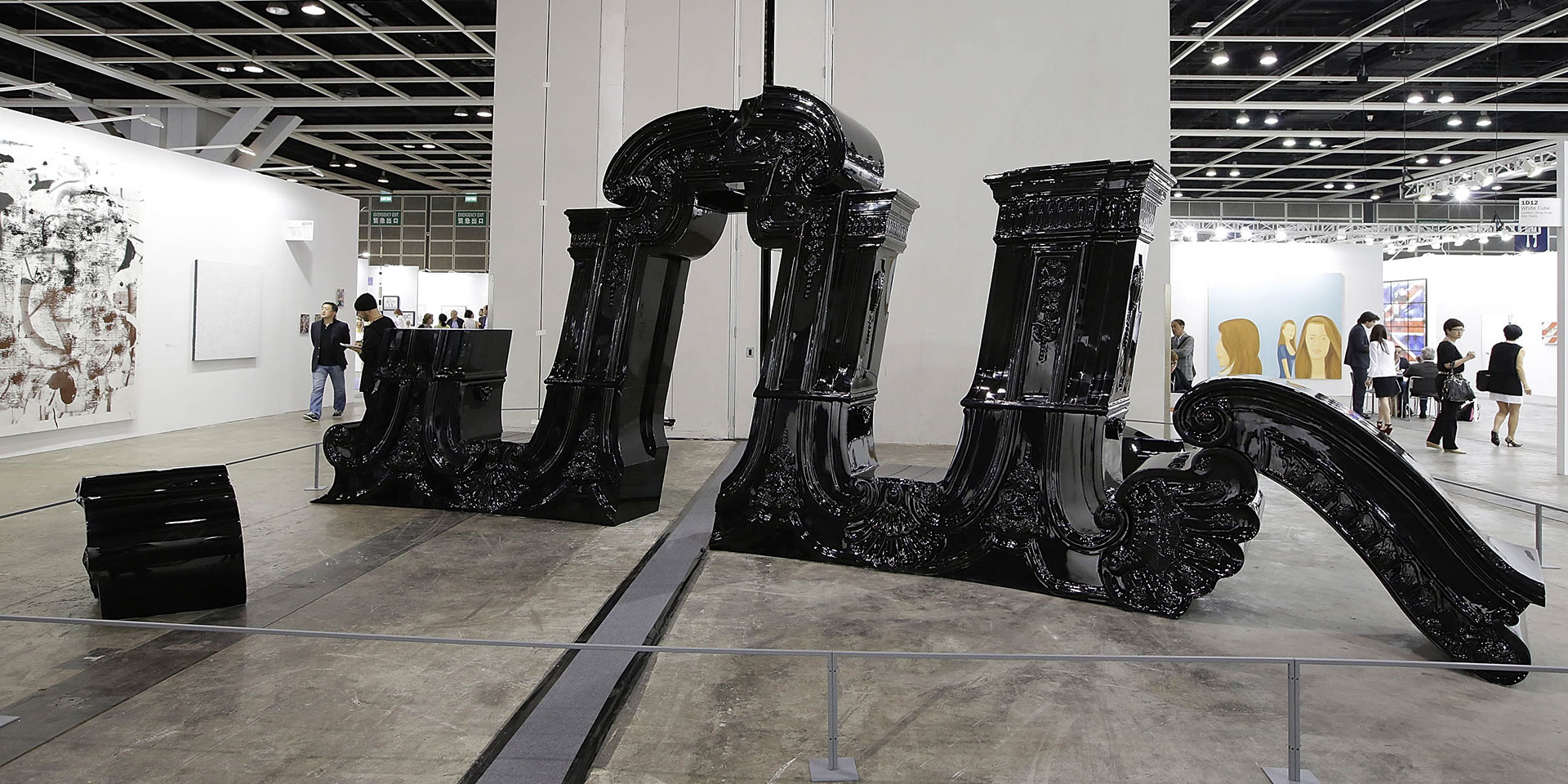
Established 42 years ago, Galerie du Monde is among the older—if not the oldest—contemporary art galleries in Hong Kong. Founder Fred Scholle has seen the market develop “from the beginning” —primarily due, he says, to the opening up of mainland China to contemporary art, as well as the improving standards of living.
Angela Li is owner of Contemporary by Angela Li Gallery and led Art Central’s selection committee this year. She believes Hong’s Kong’s dominance has been galvanized by the secondary contemporary-Chinese-art market, which emerged in Hong Kong around 10 years ago, focused around biannual sales at auction houses Christie’s, Sotheby’s and Bonhams.
And in addition to the general ease of doing business in Hong Kong, she believes that Hong Kong’s freedom of speech and a lack of censorship, unlike some other places in the region, has further consolidated the city’s position.
Here are some artists to watch for in Hong Kong’s ever-emerging gallery scene:
Peter Steinhauer
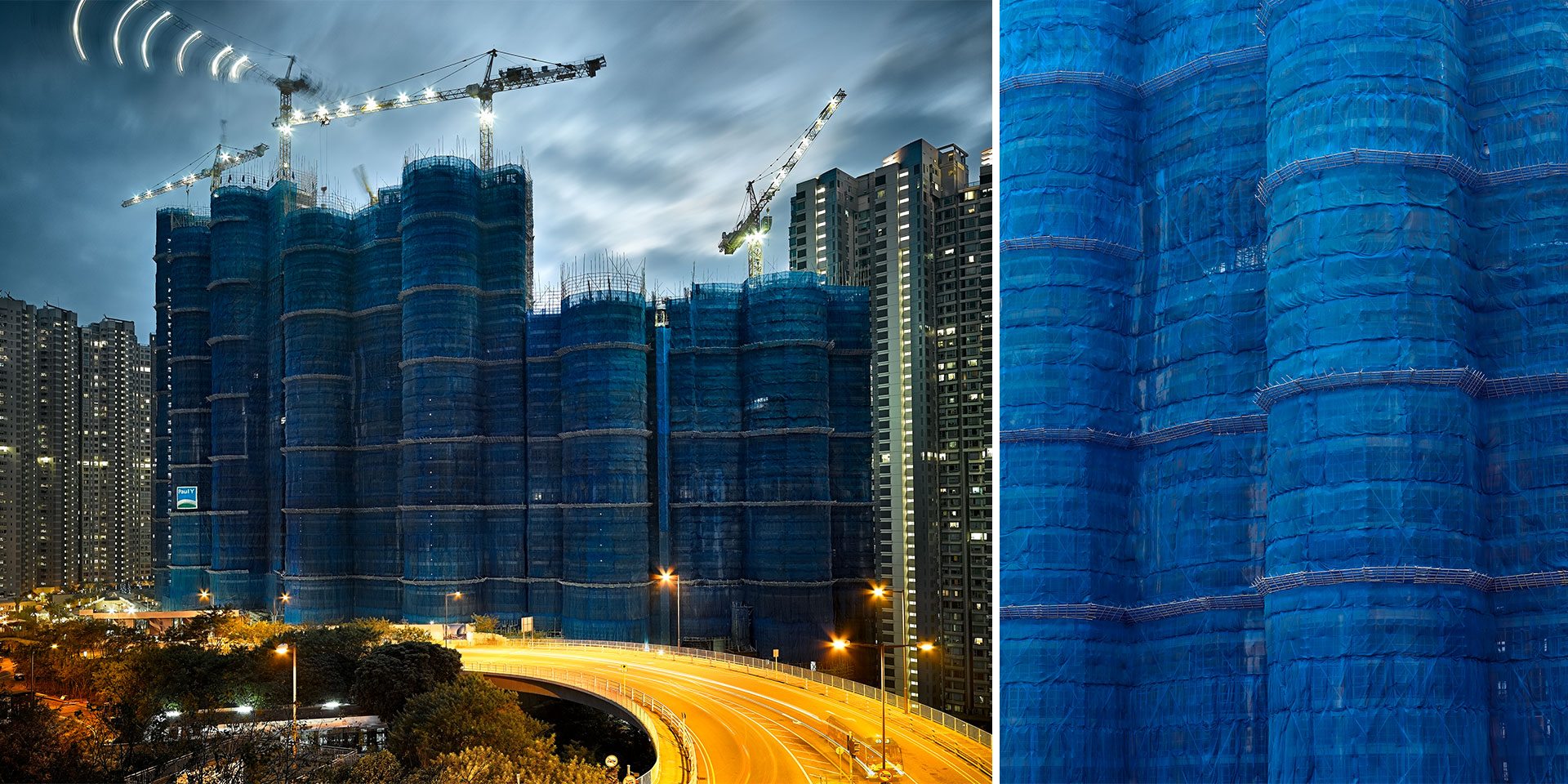
Since 1993, photographer Peter Steinhauer has documented facets of Asian cultures, focusing on architecture within urban and natural landscapes, man-made structures and portraits.
His work is shown in galleries and museums internationally, including the Carnegie Museum of Art and The Hong Kong Heritage Museum, as well as in private and corporate collections.
Hiroyuki Takahashi
Hiroyuki Takahashi is an exponent of Mood Shojo, an artistic movement born in Japan in the 1990s, and is very popular in Japan with a strong social-media following.
Using the Superflat style developed by Murakami and Yoshimoto, he captures “frozen” images of women and digitized girls in an urban context.
Wessel Huisman
Wessel Huisman is fascinated by the use of light, which along with architectural forms serves as the platform for his new series highlighting the familiar urban cityscapes of Hong Kong, Shanghai and Beijing.
Huisman’s works have been exhibited throughout Europe, Asia and the US. He is the 2013 recipient of the Florence Biennale’s Lorenzo il Magnifico prize.
Li Hongbo
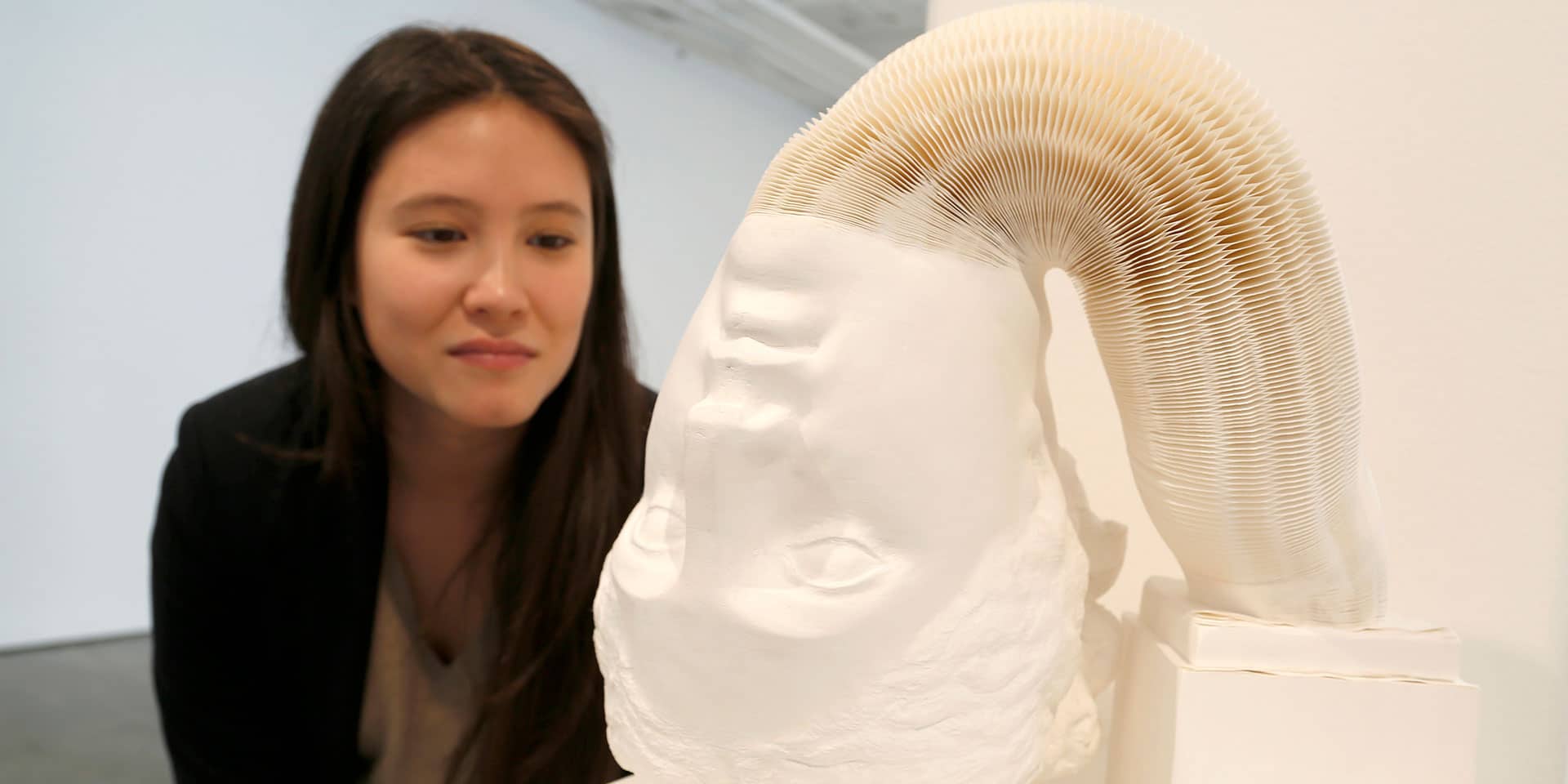
With his work growing in popularity, notably with his expandable paper sculptures, Li Hongbo has recently enjoyed several successful museum shows. His works challenge the mind to think in different dimensions.
Mario Gomez
With works held in many museum collections—including in Chile, Hungary, Japan, Russia and France—Mario Gomez’s work can also be found notable private collections.
His vibrant paintings beckon viewers to reimagine their own childhood, breathing life and joy. The source of Gomez’s images is often autobiographical and reminiscent of his childhood fantasies.
Minnie Pwerle
An artist of undeniable significance to the aboriginal art movement, and to Australian art, Minnie Pwerle (Awelye Atnwengerrp, seen at the page top) began painting on canvas late in life, lasting from 1999 until her death in 2006.
Named as one of Australia’s top 50 most-collectible artists in 2004, she transferred ceremonial designs onto canvas with great success.





